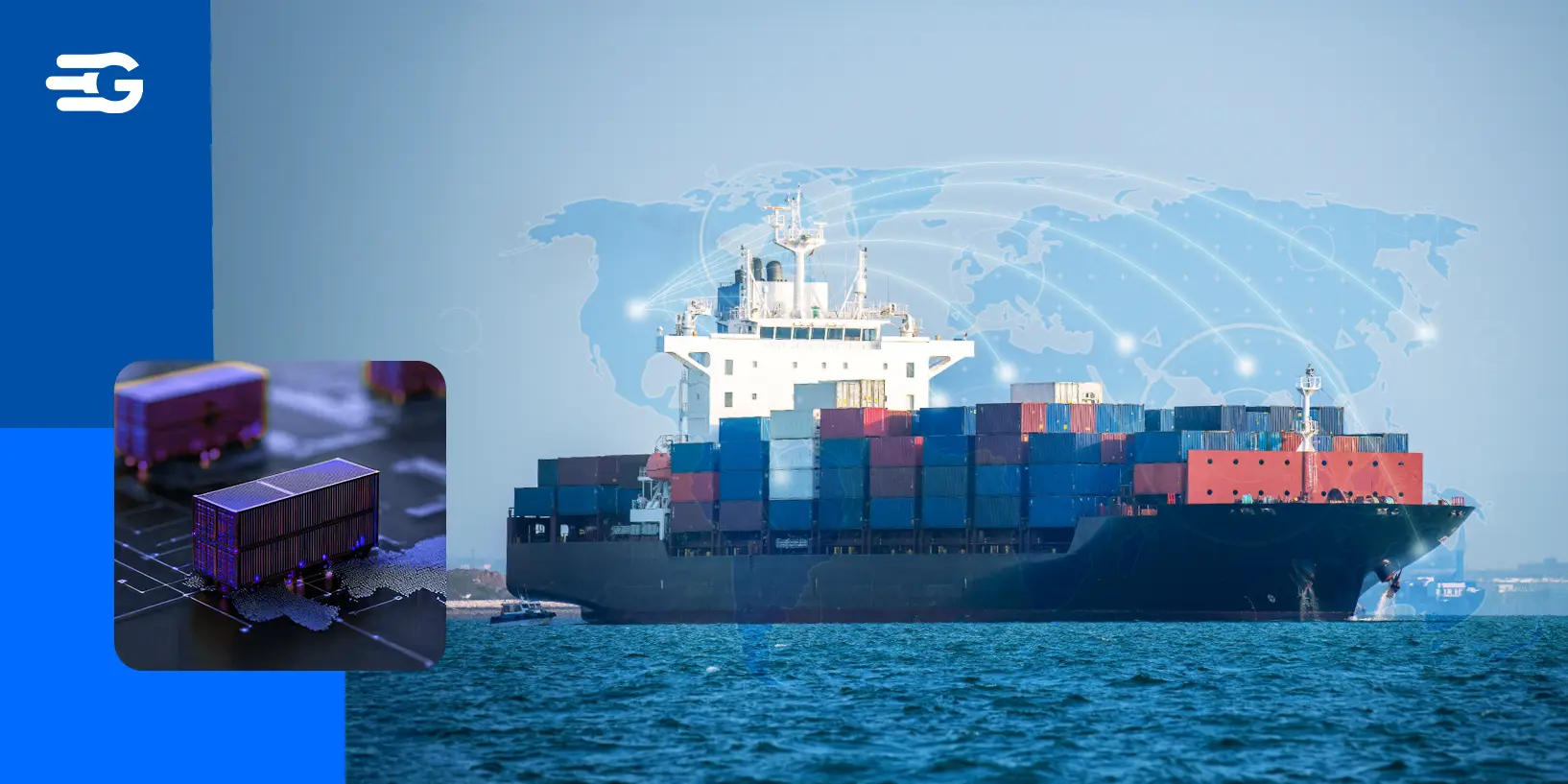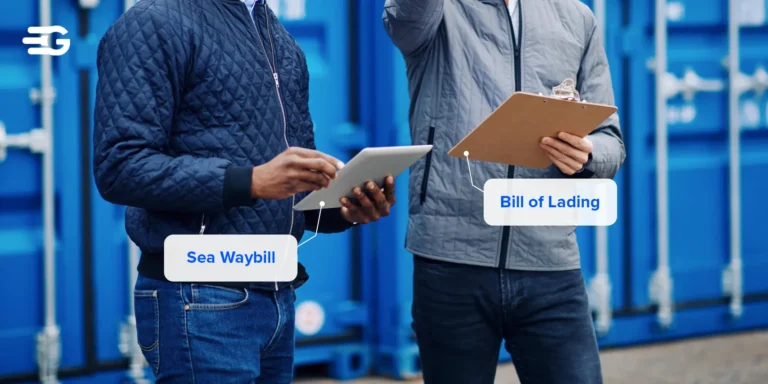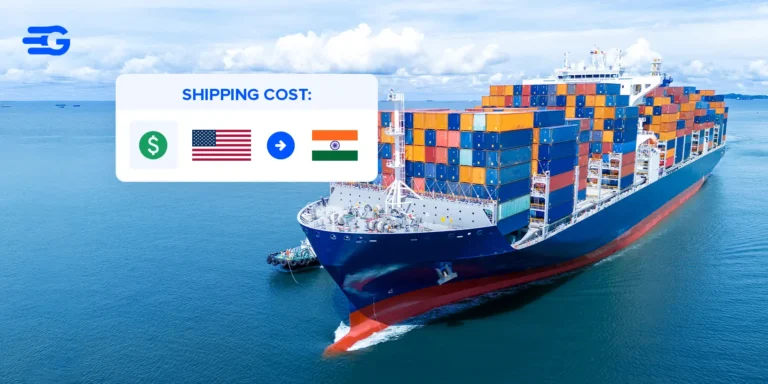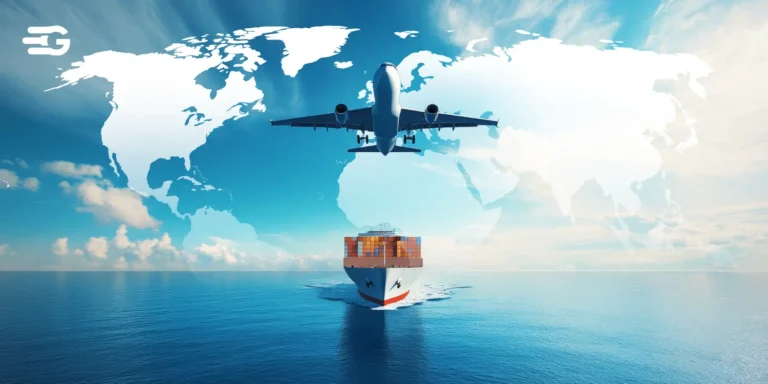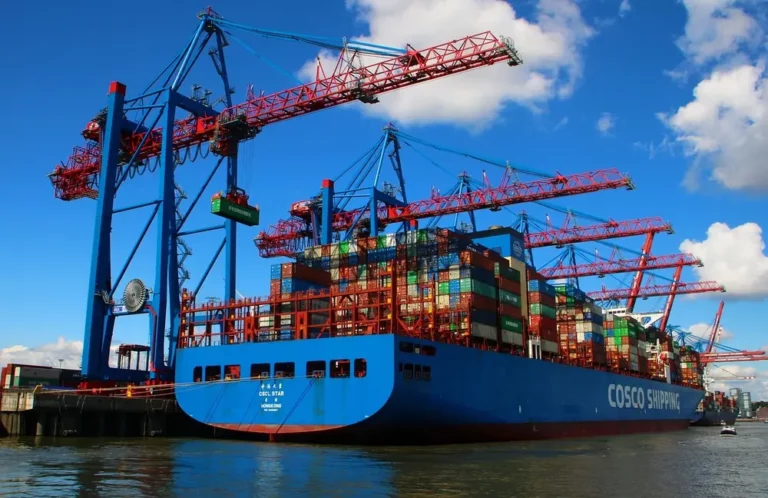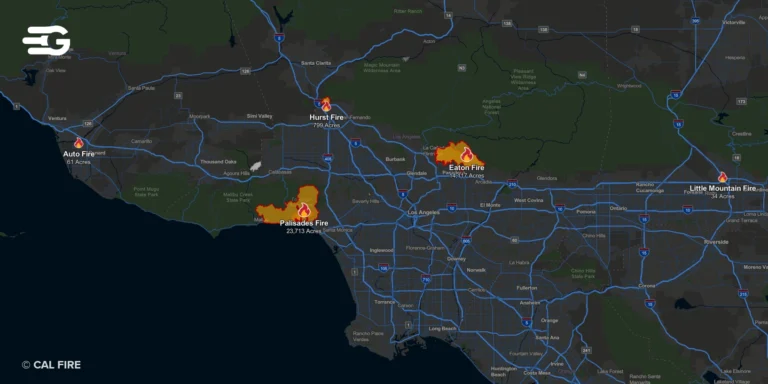Exploring End-to-End Supply Chains: Structure, Benefits, and Real-World Use
Supply chains are messy. There’s always something going wrong somewhere – a supplier runs late, a shipment gets stuck, or quality issues pop up out of nowhere. Most companies are just reacting to problems as they happen. But what if you could see everything coming and actually prevent the chaos?
That’s what an end-to-end supply chain does. Instead of playing whack-a-mole with issues, you get the full picture of what’s happening from start to finish.
Stick around – we’re about to dive into some real examples of companies that figured this out. But first, let’s see how an end-to-end supply chain feels like.
What Does an End-to-End Supply Chain Look Like?
An end-to-end supply chain is like one giant, connected network where every step from raw materials to customer delivery is linked together.
Instead of separate companies working blindly and hoping everything connects, you get complete visibility and control across the entire journey. Think of it as turning on the lights in a previously dark warehouse – suddenly you can see everything that’s happening.
You Don’t Need to Chase Updates Anymore
The journey starts with raw material suppliers mining metals, growing crops, or producing base components.
These materials move to manufacturers who transform them into parts, then to assembly facilities that create finished products. From there, products flow through distribution centers, regional warehouses, and finally to retailers or directly to customers.
Each handoff point becomes a data checkpoint rather than a black hole where information disappears.
No More Playing Phone Tag with Partners
Your end-to-end supply chain includes suppliers, manufacturers, logistics providers, distributors, retailers, and customers – but the magic happens in how they’re all connected. Every stakeholder shares real-time information about inventory levels, production schedules, shipping status, and demand forecasts.
When one player makes a change, everyone else knows instantly without endless email chains or phone calls.
Systems Handle the Heavy Lifting
The whole system runs on integrated software platforms (like GoComet) that collect data from every touchpoint. RFID tags track products, IoT sensors monitor conditions, and AI algorithms predict potential disruptions.
This technology backbone ensures that when a supplier in China has a delay, the retailer in New York knows about it immediately and can adjust accordingly.
This connected approach transforms chaos into clarity. Instead of fighting fires all day, you’re preventing them. Instead of reacting to problems after they’ve already hurt your customers, you’re staying three steps ahead.
That’s what an end-to-end supply chain really looks like in action.
Benefits of End-to-End Supply Chains
Most people think supply chain improvements are boring spreadsheet stuff, but the reality is these changes can make or break your business. Here’s what actually happens when you get it right:
| Benefit | Traditional Supply Chain | End-to-End Supply Chain |
| Cost Control | Find out you overpaid after the damage is done | Catch overcharges before you pay them |
| Problem Resolution | Learn about issues from angry customers | Fix problems before customers even notice |
| Decision Making | Guess based on partial information | Know exactly what’s happening everywhere |
| Risk Management | Panic when things go wrong | Have backup plans ready to go |
| Customer Satisfaction | Cross your fingers on delivery dates | Give customers accurate tracking info |
| Quality Control | Hope everything turns out okay | Spot defects at every step |
Companies that nail this stop spending their days putting out fires and actually get to focus on growing their business.
Real-World Examples
Want to see what this looks like when it’s done right? These companies cracked the code on end-to-end supply chains:
- Amazon’s Delivery Machine
Amazon’s whole operation runs on knowing where everything is at all times. They’ve connected every supplier, warehouse, truck, and delivery driver into one massive tracking system.
When something goes wrong with your order, they often fix it before you even realize there was a problem. They can literally ship stuff to you before you order it because their system predicts what you’ll want.
- How Walmart Keeps Shelves Full
Walmart figured out something brilliant – connect your sales data directly to your suppliers. When someone buys the last jar of peanut butter in Arkansas, the factory in Georgia gets that information instantly and starts making more. No guesswork, no empty shelves, no wasted inventory sitting around.
- Apple’s Quality Control Magic
Apple works with hundreds of suppliers but somehow every iPhone feels exactly the same. They track every screw and circuit board from the moment raw materials get mined until the phone reaches your hands. When they spot a quality issue at one factory, they can instantly shift production somewhere else without missing a beat.
These aren’t just success stories – they’re proof that connected supply chains actually work when you commit to doing them right.
Common Challenges of Building End-to-End Supply Chains
Building a connected supply chain sounds great until you actually try to do it. Common challenges include:
- Everyone Uses Different Systems – Your suppliers love their ancient software, your manufacturers swear by their custom system, and your distributors have their own thing going. Getting all these systems to talk to each other is like trying to get your grandparents’ flip phone to sync with your iPhone.
- Nobody Wants to Share Information – Companies get paranoid about revealing their data to competitors. Even trusted partners worry that sharing too much information will somehow hurt them later. Getting everyone comfortable with transparency takes time and trust-building.
- Technology Never Works as Advertised – That integration project they promised would take two weeks? Try two months. Legacy systems fight with new software, data formats don’t match, and what should be simple connections turn into expensive custom programming nightmares.
- The Costs Add Up Fast – Between software licenses, integration work, training, and all the hidden fees, building an end-to-end system costs way more than anyone budgets for. Many companies start strong but run out of money halfway through.
- People Hate Change – Your team likes their current process, even if it’s inefficient. Getting people across multiple companies to change how they work feels impossible some days. Some partners just refuse to participate and leave gaps in your system.
It’s preferred to treat these as temporary growing pains, not permanent roadblocks. Start small, prove the value quickly, and gradually bring more partners on board.
How GoComet Actually Fixes Your Supply Chain Problems
Tired of chasing shipments and fighting with invoices? Here’s how GoComet turns that chaos into something manageable:
- No More Website Hopping for Shipment Updates
You know that painful routine – checking FedEx, then DHL, then your freight forwarder’s site, then calling when nothing makes sense. GoTrack puts everything in one dashboard so you can see all your shipments without jumping between websites.
The system watches actual ship movements and port delays to give you realistic delivery dates instead of the overly optimistic estimates carriers usually provide.
- Let Vendors Fight Over Your Business
Remember spending hours calling different freight companies for quotes? GoComet flips that around. You post your shipment requirements once, and freight companies bid against each other in real time.
No more playing phone tag or waiting days for quotes. The vendors compete to give you their best rates, and customers typically save 15-20% on freight costs just from this auction process.
- Catch Invoice Errors Before You Pay Them
Here’s something that’ll make you mad – most freight invoices don’t match the original quotes. Companies usually just pay whatever shows up because checking each invoice manually takes forever.
GoComet automatically compares every invoice to your original agreement and flags discrepancies before you pay. Your vendors have to fix mistakes and justify any extra charges before the invoice reaches your accounting team.
- Get Your Time Back for Real Work
The platform handles all the follow-ups, data entry, and cross-checking that normally eats your day. Instead of spending hours tracking shipments and reconciling invoices, you can focus on growing your business and solving problems that actually matter.
Most users report getting back several hours per week that they used to spend on logistics busywork.
Conclusion
Building connected supply chains takes time, but the payoff is worth it. Your team stops spending half their day chasing updates and putting out fires. Customers get better service. You actually know what’s happening with your shipments and costs.
Start small – maybe just getting better visibility on your shipments or cleaning up invoice processing. Once that’s working smoothly, you can connect more pieces. The goal isn’t perfection right away, just making things work better than they do today.
Check out a GoComet demo to see what fits your situation.
